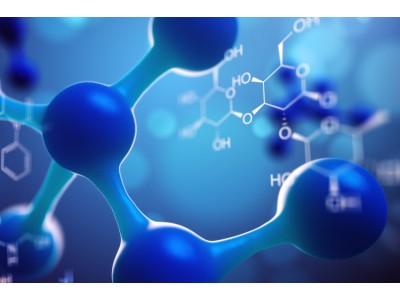| Bioactivity | Ziprasidone (CP-88059), an orally active antipsychotic agent, is a combined 5-HT and dopamine receptor antagonist[1]. Ziprasidone mesylate trihydrate has affinities for Rat D2 (Ki=4.8 nM), 5-HT2A (Ki=0.42 nM) and 5-HT1A (Ki=3.4 nM)[1]. | ||||||||||||
| Invitro | Ziprasidone (0-500 nM, 150 seconds) blocks wild-type hERG current[2]. Cell Viability Assay[2] Cell Line: | ||||||||||||
| In Vivo | Ziprasidone (oral gavage; 20 mg/kg; once daily; 7 weeks) results in weight loss, low level physical activity, high resting energy expenditure and greater capacity for thermogenesis when subjected to cold[3]. Animal Model: | ||||||||||||
| Name | Ziprasidone | ||||||||||||
| CAS | 146939-27-7 | ||||||||||||
| Formula | C21H21ClN4OS | ||||||||||||
| Molar Mass | 412.94 | ||||||||||||
| Appearance | Solid | ||||||||||||
| Transport | Room temperature in continental US; may vary elsewhere. | ||||||||||||
| Storage |
|
||||||||||||
| Reference | [1]. Rollema H, et al. 5-HT(1A) receptor activation contributes to ziprasidone-induced dopamine release in the rat prefrontal cortex. Biol Psychiatry. 2000;48(3):229-237. [2]. Zhi Su, et al. Block of hERG channel by ziprasidone: biophysical properties and molecular determinants. Biochem Pharmacol. 2006 Jan 12;71(3):278-86. [3]. Subin Park, et al. The effect of ziprasidone on body weight and energy expenditure in female rats. Metabolism. 2012 Jun;61(6):787-93. |

Ziprasidone
CAS: 146939-27-7 F: C21H21ClN4OS W: 412.94
Ziprasidone (CP-88059), an orally active antipsychotic agent, is a combined 5-HT and dopamine receptor antagonist. Zipra
Sales Email:peptidedb@qq.com
This product is for research use only, not for human use. We do not sell to patients.